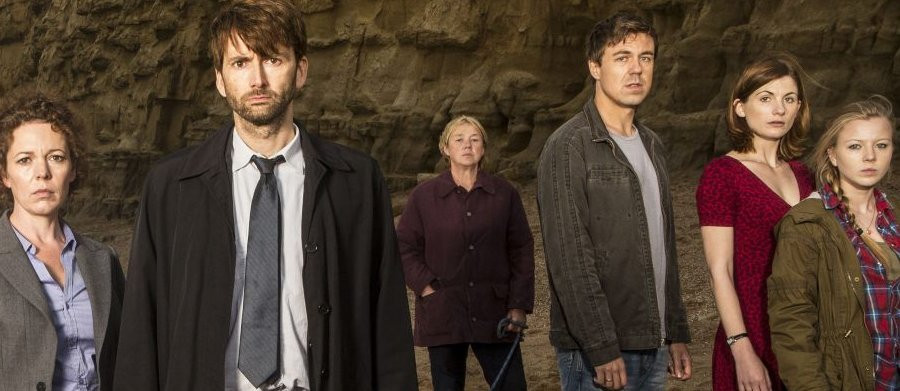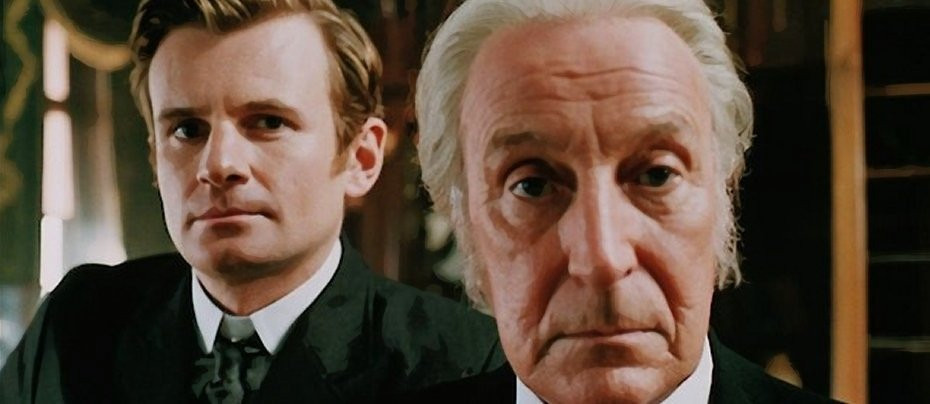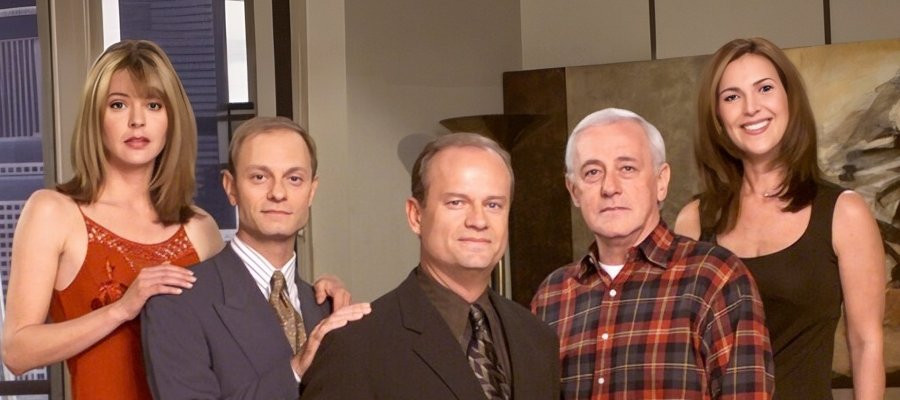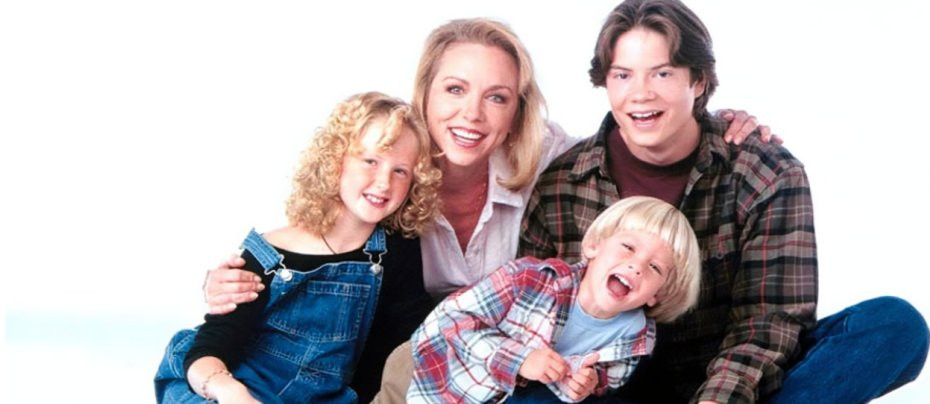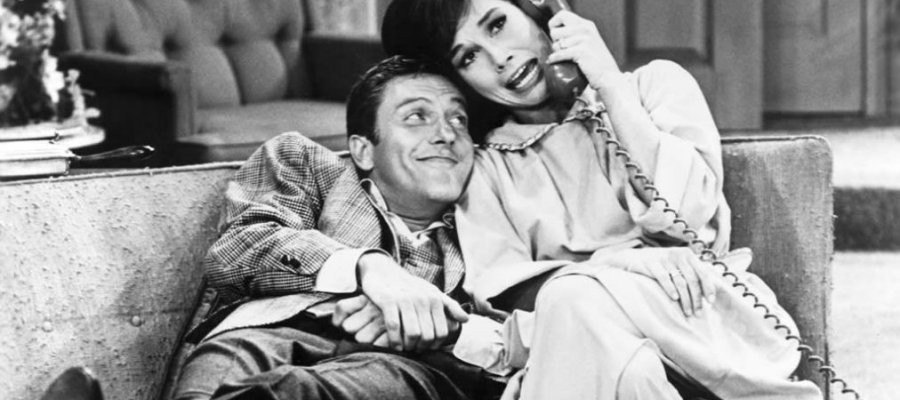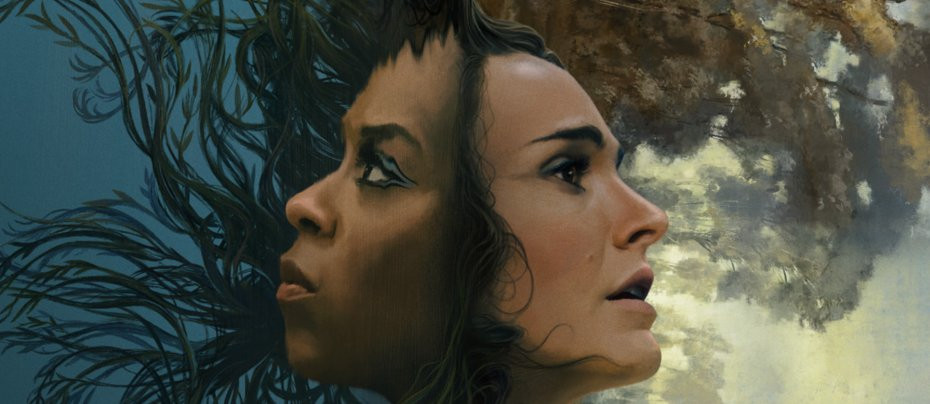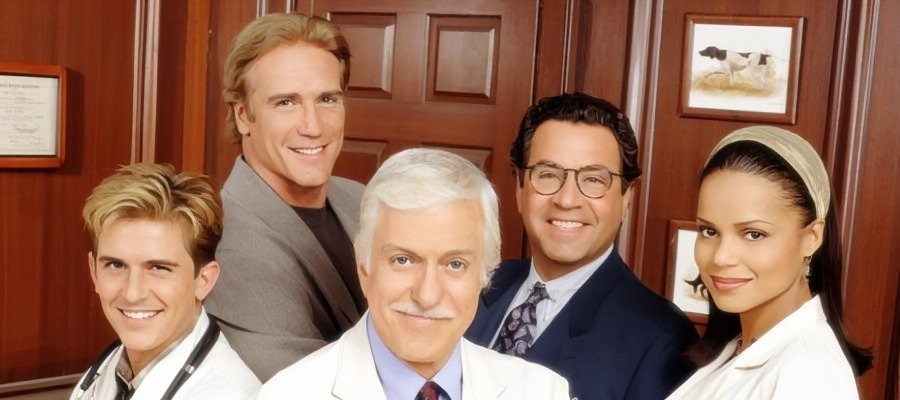
Diagnosis: Murder
1993 - United StatesReview by Laurence Marcus
Diagnosis: Murder was a defining staple of '90s US television, seamlessly blending the cosy familiarity of mystery storytelling with the structure of a medical procedural. At its heart was the ever-watchable Dick Van Dyke, who brought charm and warmth to the role of Dr. Mark Sloan—a compassionate physician with a penchant for solving murders on the side. Thanks to Van Dyke’s impeccable timing and disarming charisma, the show consistently managed to balance between the heartfelt and the hokey, usually landing on just the right side of both.
The premise was comfortingly formulaic: Dr. Sloan, often roped into suspicious deaths around Community General Hospital, would team up with his son Steve (played by Van Dyke’s real-life son Barry Van Dyke), a no-nonsense LAPD detective. Their natural rapport gave the series an easy, believable warmth. Alongside them, medical colleagues like Dr. Amanda Bentley, Dr. Jack Stewart, and later Dr. Jesse Travis often found themselves reluctantly drawn into Sloan’s amateur sleuthing adventures.
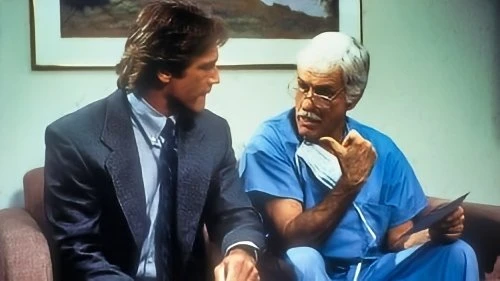
While its structure rarely deviated from the expected, that was part of its appeal. Like Murder, She Wrote, the show offered a neatly-packaged mystery each week, complete with eccentric suspects, playful banter, and a tidy resolution within the hour. The writing leaned on well-worn tropes, but delivered them with a gentle charm that made the series endlessly watchable.
Originally spun off from Jake and the Fatman - where Dr. Mark Sloan first appeared in season 4’s "It Never Entered My Mind" - Diagnosis: Murder began as a trio of TV movies before settling into a weekly CBS slot on 29 October 1993. Notably, the Sloan character underwent several changes from that original appearance: he was initially a childless widower, and casting changes saw Cynthia Gibb and Stephen Caffrey replaced by Victoria Rowell (as Amanda Bentley) and Scott Baio (as Jack Stewart) once the full series launched.
The show had a rocky start and narrowly avoided cancellation after season two. But CBS gave it a second chance as a midseason replacement in season three—and that gamble paid off. It went on to enjoy a healthy eight-season run, buoyed by loyal viewers and a willingness to shake things up creatively.

One of the show’s more delightful quirks was its fondness for television nostalgia. It regularly featured guest stars who either reprised roles from iconic series or played characters who strongly resembled their past personas. Andy Griffith returned as Ben Matlock in a two-part arc; Barbara Bain resurrected Cinnamon Carter from Mission: Impossible; and Jack Klugman appeared in a role clearly inspired by Quincy, M.E.. Perhaps the most ambitious crossover brought together actors from both the film and TV versions of M*A*S*H, plus Trapper John, M.D., including Elliott Gould, Sally Kellerman, Jamie Farr, Loretta Swit, William Christopher, and Christopher Norris - a surreal joy for fans to see two “Hot Lips” Houlihans sharing the screen.
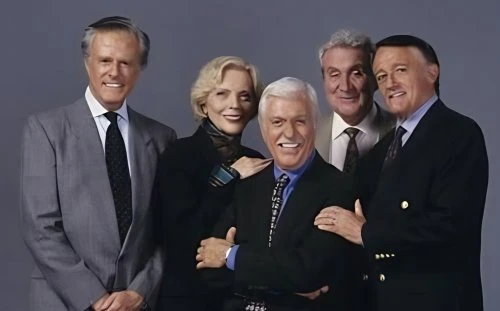
The series also welcomed a parade of beloved guest stars, including Peter Graves, Robert Culp, George Takei, Patrick Macnee, Joanna Cassidy, Tim Conway, Robert Vaughn, Angie Dickinson and no fewer than eight Van Dykes across various episodes.
Though it never revolutionized the genre, Diagnosis: Murder carved out a comfortable niche thanks to its light-hearted tone, reliable mystery format, and Van Dyke’s winning performance. The show’s later seasons leaned into their anything-goes vibe, which only added to its quirky charm. Admittedly, some episodes were less polished than others, but Van Dyke's irresistible presence always carried them through. Even when Dr. Sloan veered into sillier territory - like dancing around his home office with an elaborate sound system - it somehow just worked. These moments, though unexpected, only added to his character’s likability.
In the end, Diagnosis: Murder might not have had the edge of a modern procedural, but it didn’t need it. It had Dick Van Dyke - and sometimes, that’s more than enough.
Seen this show? How do you rate it?
Seen this show? How do you rate it?
Published on April 24th, 2025. Written by Laurence Marcus for Television Heaven.




